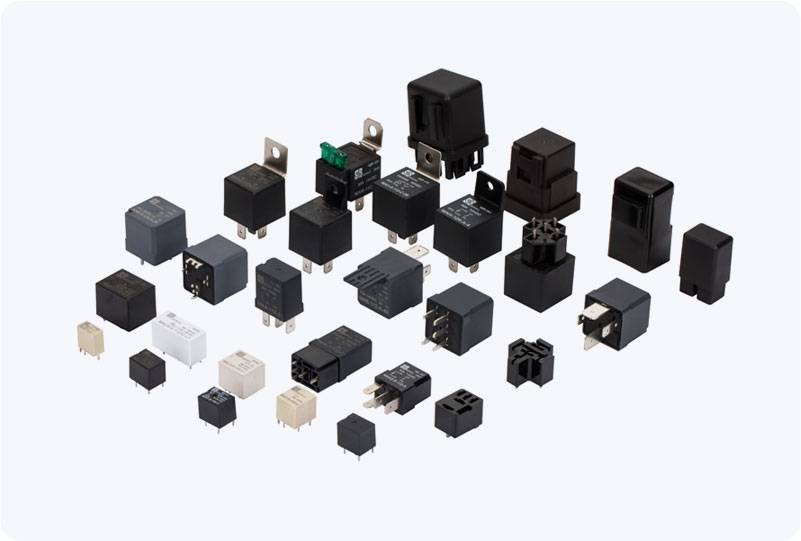automotive relay in extreme temperature: challenges and solutions
Release time:2025-11-17 21:38:30
Automotive relays play a crucial role in modern vehicle electrical systems. These electromechanical devices are used to control high-current loads, manage circuits, and protect sensitive components. Given the complexity and the growing reliance on electronic systems in vehicles, ensuring that Automotive relays perform reliably under extreme temperature conditions is of paramount importance. This article delves into the challenges faced by Automotive relays in extreme temperature environments and explores the solutions implemented to mitigate these challenges.

The Impact of Extreme Temperatures on Automotive Relays
Automotive relays are designed to operate within a specific temperature range. However, vehicles are exposed to a wide variety of environmental conditions, ranging from scorching heat in desert climates to freezing cold in polar regions. These temperature extremes can significantly impact the functionality and longevity of relays.
1. High Temperature Effects
High temperatures, often exceeding 100°C, are commonly encountered under the hood of a vehicle, especially in areas like the engine compartment or near exhaust systems. In such conditions, automotive relays face several challenges:

